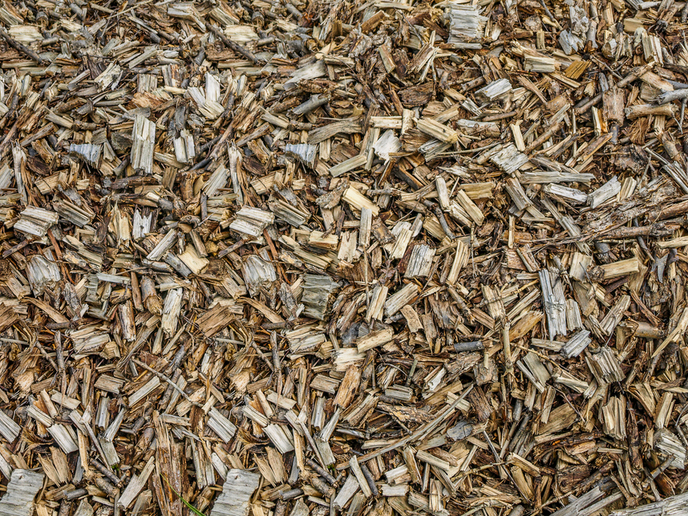Environmentally friendly catalyst for industrial use
Catalysts are compounds that speed the rate of chemical reactions without themselves being altered by the reaction. Thus, they can be used again and again. Oxidation catalysis of organic substrates is a main field of research given that oxidation, typically mediated by a transition metallic compound and using hydrocarbons (organic compounds) as a feed-stock, is a common step in the production of commodity and fine chemicals. Metal complexes can activate molecular oxygen (O2 or dioxygen) for catalytic oxidations. While iron and copper systems have been studied extensively, other metal complexes have not. Studying the ability of nickel (Ni) to activate molecular oxygen and of the catalytic potential of the resulting Ni-O2 species toward organic substrates was the motivation for the EU-funded NiO2activation project. Researchers focused on an isolatable and thermally stable superoxo compound, [NiII(beta-diketiminato)(O2)] (LNiO2). LNiO2 showed unprecedented dioxygenase-like activity in the oxidation of 2,4,6-tri-tert-butylphenol, an industrial chemical used as a fuel, oil, gasoline or lubricant additive. No example of such a reaction appears in the literature and it appears to be specific to Ni as copper- and cobalt-based metal superoxo compounds do not exhibit this behaviour. In addition, scientists found that LNiO2 interacted with an iron(I) complex to form a highly reactive compound with a NiO2Fe core exhibiting mono-oxygenase activity. NiO2activation project results supported the powerful oxidising potential of Ni-dioxygen compounds and their viability as environmentally friendly alternatives to heavy metal counterparts palladium and platinum for use in industrially relevant oxidation catalysis reactions.







